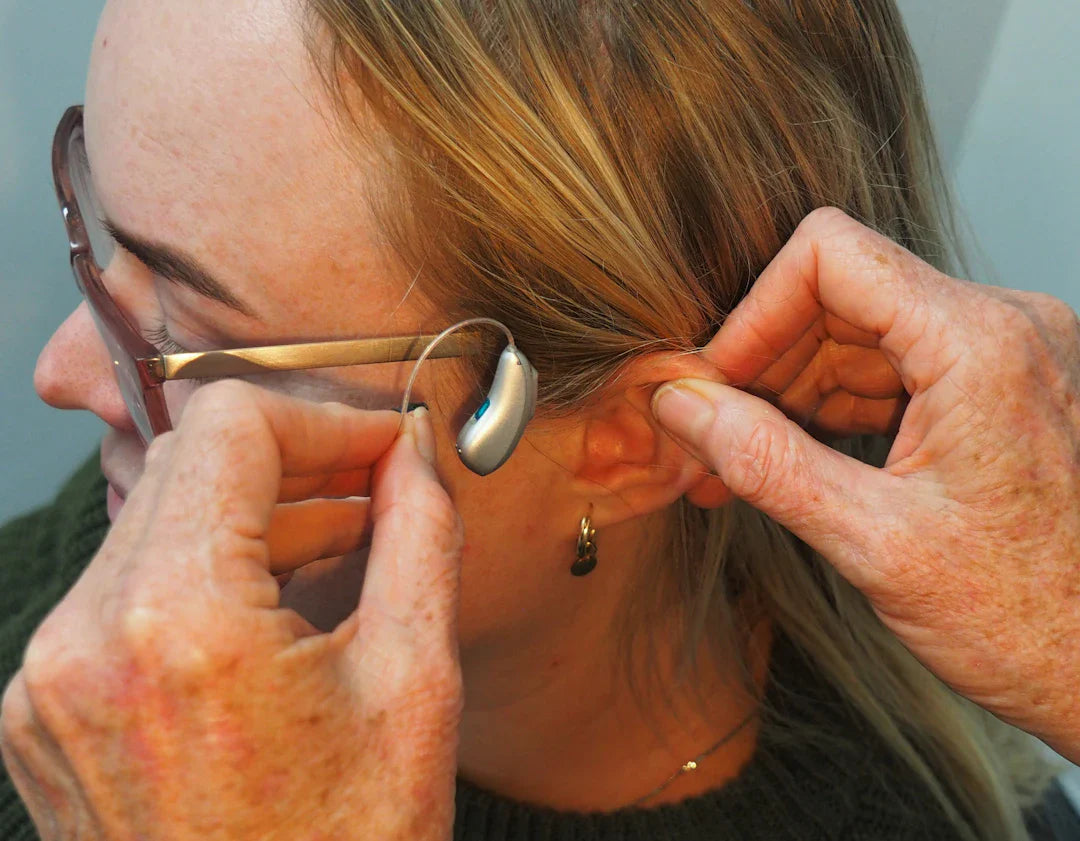Hearing loss is a common condition that can affect individuals of all ages. It can present in various forms, each with its unique characteristics and causes. Understanding the different types of hearing loss is essential for appropriate treatment and management. In this article, we will explore the diverse forms of hearing loss and shed light on their distinct features.
The Three Main Categories of Hearing Loss
Hearing loss is broadly classified into three main categories: conductive hearing loss, sensorineural hearing loss, and mixed hearing loss. Each category is characterised by different underlying causes and affects the auditory system in distinct ways.
Conductive Hearing Loss
Conductive hearing loss occurs when there is a blockage or damage in the outer or middle ear that prevents sound from being conducted effectively to the inner ear. Common causes of conductive hearing loss include earwax build-up, ear infections, fluid in the middle ear, or abnormal bone growth in the middle ear. Effective treatment options for conductive hearing loss may include earwax removal, medication, or surgical interventions.
Sensorineural Hearing Loss
Sensorineural hearing loss is the result of damage to the inner ear or the auditory nerve. This type of hearing loss is often irreversible and can be caused by ageing, exposure to loud noises, genetic factors, or certain medical conditions. Individuals with sensorineural hearing loss may benefit from hearing aids such as Phonak, Widex, Signia, or GN Resound to improve their hearing abilities.
Mixed Hearing Loss
Mixed hearing loss is a combination of both conductive and sensorineural hearing loss. This means that there may be damage or issues in both the outer or middle ear and the inner ear. Treatment for mixed hearing loss depends on the specific causes identified by a healthcare professional and may involve a combination of medical interventions and hearing aid solutions.
Identifying the Different Degrees of Hearing Loss
Hearing loss can also be classified based on its severity, ranging from mild to profound. The degree of hearing loss can impact an individual's ability to communicate effectively and participate in daily activities. Understanding the extent of hearing loss is crucial for determining the most suitable treatment options.
Causes of Hearing Loss
While ageing and exposure to loud noises are common causes of hearing loss, there are other factors that can contribute to this condition. These include genetic predispositions, certain medical conditions like diabetes or cardiovascular disease, ototoxic medications, and traumatic head injuries. Identifying the underlying cause of hearing loss is essential for developing a personalised treatment plan.
Early Signs and Symptoms
Recognising the early signs and symptoms of hearing loss is vital for timely intervention. Some common indications of hearing loss include difficulty following conversations, asking others to repeat themselves frequently, turning up the volume on electronic devices, and experiencing ringing or buzzing sounds in the ears. If you or a loved one are experiencing any of these symptoms, it is advisable to consult a hearing healthcare professional.
Preventive Measures
While not all forms of hearing loss can be prevented, there are steps you can take to protect your hearing health. These include avoiding prolonged exposure to loud noises, using ear protection in noisy environments, maintaining good ear hygiene, and scheduling regular hearing assessments with a qualified audiologist. By being proactive about your hearing health, you can reduce the risk of permanent hearing damage.
Seeking Professional Intervention
If you suspect that you have hearing loss or are experiencing any related symptoms, it is essential to seek professional help. A hearing evaluation conducted by an audiologist can help diagnose the type and severity of your hearing loss, enabling the development of a tailored treatment plan. Early intervention is key to managing hearing loss effectively and improving your quality of life.
Embracing Hearing Solutions
Living with hearing loss can be challenging, but advancements in hearing aid technology have made significant improvements in enhancing auditory experiences for individuals with hearing impairments. Whether you opt for Phonak, Widex, Signia, or GN Resound hearing aids, these devices can provide you with greater clarity of sound and improved communication abilities.
Empowering Your Hearing Journey
Understanding the complexity of hearing loss and the various options available for management is the first step towards empowering your hearing journey. By staying informed, seeking professional guidance, and embracing innovative hearing solutions, you can take control of your auditory health and continue to engage fully in all aspects of life. Remember, your hearing is precious – protect it, cherish it, and celebrate the gift of sound.




